Tactics
Polgar,S - Hajdu,G
Debrecen 1980
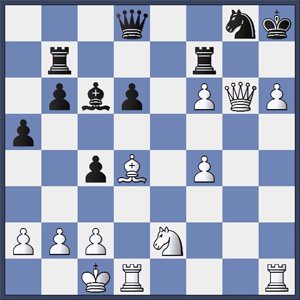
White to move, mate in 2 moves
This game is one of my first memories of playing in a chess tournament. I was about six years old and played at the Hungarian championship for girls under 11. Despite the age difference, I managed to win the event and I was especially pleased with how the game ended. It’s one of the few games in my chess career, where I managed to checkmate my opponent with a double check!
1.Qg7+! Rxg7 2.hxg7# 1–0
Polgar,S - Gocheva,R
Novi Sad Olympiad 1990
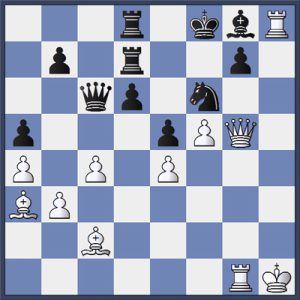
White to move and win
In the 1990 Olympiad, in Novi Sad, I played board 3 on the women’s team for Hungary behind my two sisters. We took the gold again as a team and I also won an individual gold medal on my board with a score of 11.5 out of 13 games.
With the exception of getting the medals, my most pleasant memory from this event was the little combo at the end of this game.
It’s a good demonstration of the strength of doubled rooks on an open file.
36.Qxf6+! 1–0
(36…gxf6 37.Rhxg8 Kf7 38.R1g7#)
Polgar,S - Garcia Nunez,A
World Championship U18 Guarapuava, 1991
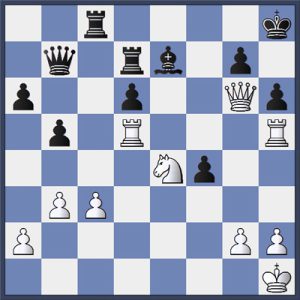
White to move and win
There’s a funny story from this World U-18 championship. I went home with a medal, but not from the chess tournament… It was a silver medal I won with the Australian player in the table-tennis doubles competition! Ok, there were some good chess moves played too.
This combination is a nice example of destroying the pawn structure around the opponent’s king.
32.Rxh6+! gxh6 33.Qxh6+ Kg8 34.Qg6+ Kf8 35.Rf5+ Bf6 36.Nxf6 Rf7 37.Nh7+ 1–0
Riegler,P - Polgar,S
World Championship U20 Matinhos, 1994
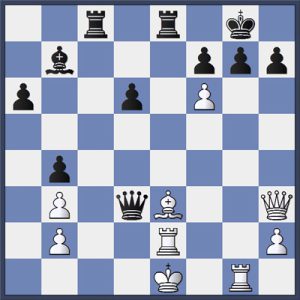
Black to move and win
The World Junior championships are unique events. On one hand, the best junior players fight for the medals, on the other hand partying after the games is big part of the fun. From the chess point of view, it’s also special. Within a few years some talented youngsters give up chess, while others become the very best players of the world. After my Rome result, winning the silver medal on the U-20 world championship in Brazil is the achievement I’m most proud of.
30... Rc1+! 0–1
Exploiting the pin on the e file, the king will not ot be able to hold on to both rooks.
Belakovskaia,A- Polgar,S
Moscow Olympiad , 1994
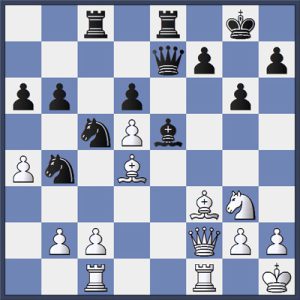
Black to move
After winning two team gold medals in the Women Olympiads, Judit started playing for the (Men) national team.
In Moscow, I played on the second board behind my elder sister Susan. This time I played every game, scoring 12,5 of 14 and along with the team silver, I again won a gold medal for the individual performance.
This game is a nice example on the tactical themes of fork and the back rank.
24….Ncd3! 25.cxd3 Rxc1 26.Rxc1 Nxd3 27.Qg1 Bxd4 28.Qxd4 Qe1+ 0–1 (29.Qg1 Nf2 smothered mate)
Polgar,S - Kerma,S
Portoroz , 1994
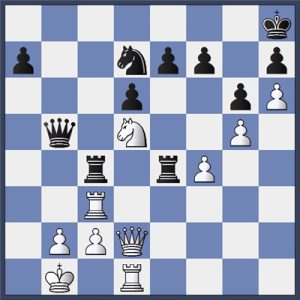
White to move and win
One of the first tactical themes I learned as a kid is the back rank problem. Today I teach my sons and my other students about these tricks. It comes handy to have my own games to demonstrate tactics.
This game is a good example also on weak black squares as well as deflection.
26.Nxe7! Rxe7 27.Qd4+! Capturing the queen would clear the way for back rank mate after 27…Rxd4 28.Rc8+ 27…Ne5 28.Qxd6 Rxc3 29.Qf6+ 1–0
